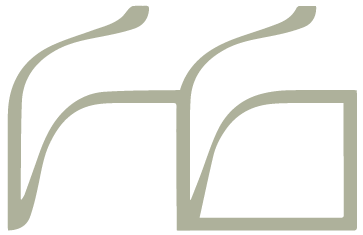Tips on Wildcrafting
How to wildcraft or forage in Small Island Developing States (SIDS)
–
As I develop my foraging skills, here are some questions I ask myself about privilege, access and ethics in the wake of the climate crisis.
“Is wildcrafting/foraging the embodiment of privilege, or is it our birthright?”
Wildcrafting in Small Island Developing States (SIDS) on the verge of climate collapse is an ethical question and a fascinating conundrum. The knowledge and healing in medicinal plants seem to be leaving our vocabulary, consciousness and daily lives as a practice. However, in the wake of the COVID-19 pandemic, there has been a rise in looking back, a resounding call back to nature. It is a moment of deep Sankofa–the importance of learning from the past–where the ancestors and our collective memory are pushing us to reunite in tangible ways with these medicines and our traditions and values.
This is very present in the work currently being undertaken by the Barbados Dagara Village, my spiritual family, and the conversations we have been having around forgetting, fear-mongering, plant allies, preparedness and ritual.
As someone who grew up within the inner foldings of Christianity—specifically Seventh-day Adventist—I recall medicines being concocted with various plant matter, mixed with salt to treat colds and coughs and other bush teas, and washes used in the most critical of times to rid ourselves of fevers and pain. However, this knowledge wasn’t integrated as an active component of our curative arsenal, but rather something peripheral, taboo, and further, something abstracted from its history; a history with roots connected to Africa.
This abstraction leads to misunderstanding the importance and placement of nature, and the natural pharmacy within the repository of gifts that we have abundant access to. These technologies and connectivities through plants and the natural world give us so much more than we can comprehend. This plant path takes time, patience and a lot of listening. There are so many ways to go about discovering and refining these ancestral connections and what any one of us is walking with in terms of nascent knowledge, as our blood and its contents carry memory. Remember our ancestors and the indigenous peoples of our lands lived through many a pandemic, World Wars, famine, exile, eradication, displacement, the Middle Passage, Indentureship and Slavery.
I too, am beginning my journey with the transmissions, while still grateful for many a Massy bag of medicine. During this time, some of the herbs and bush that have been plentiful in my house include cerasee, bayleaf, thyme, oregano, rosemary, chaste berry, damiana, mahogany, neem, clammy cherry, black sage and many others.
When I go out into the world to forage (for bush) and wildcraft (for blooms), these are the thoughts and ramblings that go through my head:
Do I need this medicine?
Where have I seen the medicine (plants) in abundance?
The natural pharmacy (the bush) is an essential service. This was the practiced line to the police if they pulled me over.
Who gets to yield medicine in a time of crisis?
Is wildcrafting/foraging the embodiment of privilege, or is it our birthright?
Am I foraging with consideration for the micro-ecologies and with the knowledge of the history of the landscape, or is it all a free and fluid trekking? N.B.—There is no right or wrong way to forage, but there is an ethical way to craft.
Have I thanked the first peoples of the land that I am standing on, the land bearing said gifts?
What do I do with complicated histories, plantation histories and wild plants that seem to grow rogue, almost in resistance or in defence of these histories?
What am I grateful for when I forage plant material?
Have I explored all areas, and am I sure that the area marked has enough for animals and others who may come after me for more medicine?
If you haven’t wildcrafted, foraged or gone into the bush for medicine recently, I suggest taking a trek into Mother Earth’s sacred space, treading carefully barefoot, scissors or shears and a bowl or bag grounding down and connecting to a plant ally. Before I cut or break any plant, I ask for its permission—remember, plants are sentient beings with wisdom and healing, and thus in sacred connection and union to the elemental Earth, the cosmos and the divine—and thank the plant for its healing.
“Ago Ossain” and happy wildcrafting, or whatever the kids are calling it these days.

